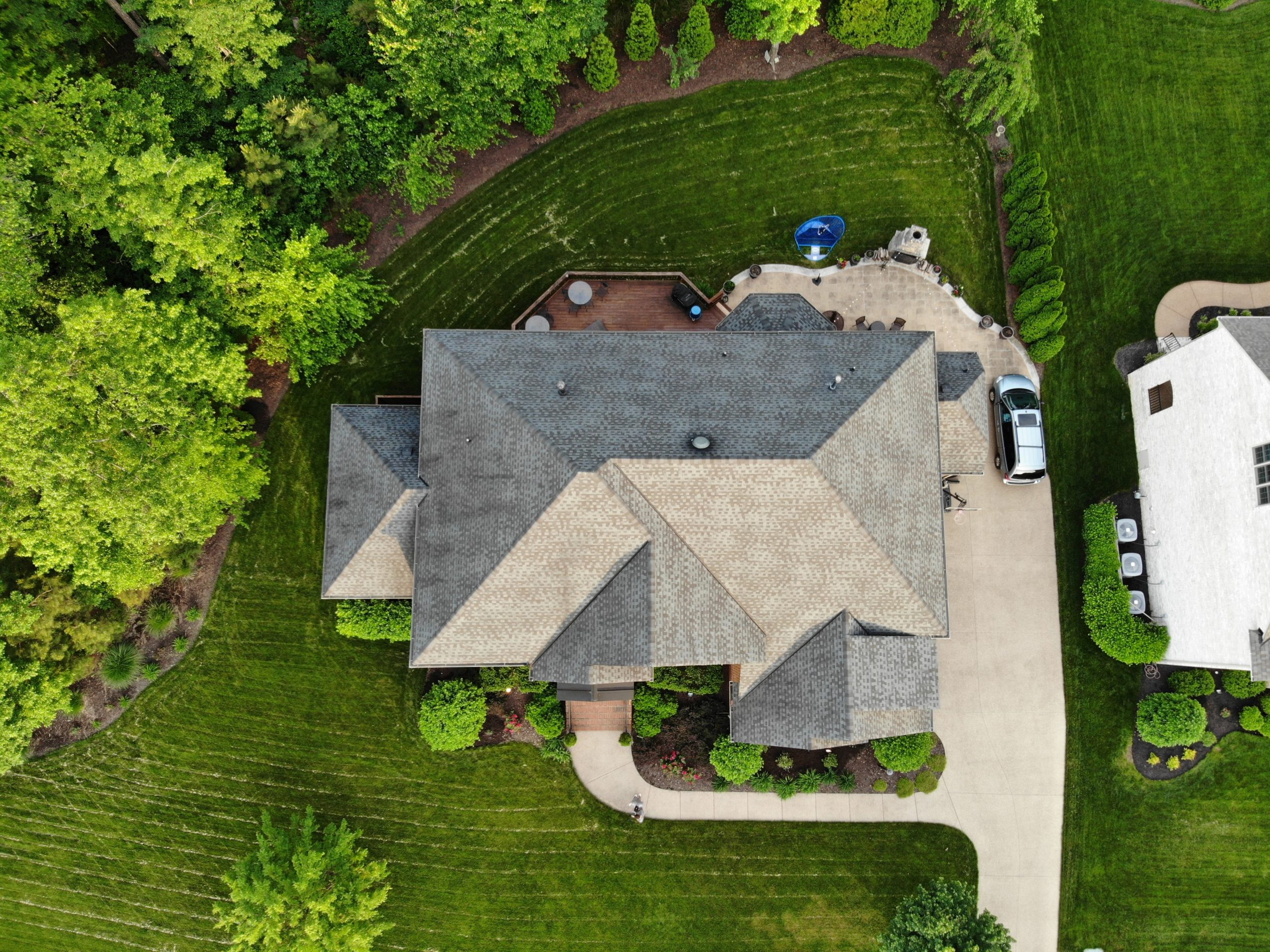Buying a home is a significant financial decision that requires careful planning and budgeting. Creating a budget is a crucial step in the home-buying process, as it helps you determine how much you can afford and ensures you stay within your financial means. In this guide, we will outline the key steps to help you create a budget for buying a home.
1. Assess Your Financial Situation:
Before diving into the home-buying process, it’s essential to assess your current financial situation. Take a close look at your income, expenses, and existing debts. Consider factors such as your credit score, savings, and any outstanding loans. This evaluation will give you a clear picture of your financial health and help you determine how much you can allocate towards a home purchase.
2. Determine Your Affordability:
Once you have a clear understanding of your financial situation, it’s time to determine how much you can afford to spend on a home. A general rule of thumb is that your monthly housing costs should not exceed 30% of your gross monthly income. Consider other expenses such as property taxes, insurance, and maintenance costs when calculating your affordability.
3. Save for a Down Payment:
Saving for a down payment is a crucial aspect of budgeting for a home purchase. Aim to save at least 20% of the home’s purchase price as a down payment to avoid private mortgage insurance (PMI) and secure better loan terms. Set a savings goal and create a timeline to track your progress. Consider cutting back on discretionary expenses and explore ways to increase your income to accelerate your savings.
4. Account for Additional Costs:
In addition to the down payment, there are several other costs associated with buying a home that should be factored into your budget. These include closing costs, home inspection fees, appraisal fees, and moving expenses. Research and estimate these costs to ensure you have enough funds to cover them.
5. Get Pre-Approved for a Mortgage:
Obtaining a pre-approval for a mortgage is a crucial step in the home-buying process. It provides you with a clear understanding of how much you can borrow and helps you set realistic expectations. Shop around for different mortgage options and compare interest rates, terms, and fees to find the best fit for your budget.
6. Stick to Your Budget:
Once you have determined your budget and obtained a pre-approval, it’s important to stick to your financial plan. Avoid the temptation to overspend or stretch your budget to buy a more expensive home. Remember that homeownership comes with additional costs, such as property taxes, insurance, and maintenance. Stay disciplined and prioritize long-term financial stability.
Conclusion:
Creating a budget for buying a home is a crucial step in the home-buying process. By assessing your financial situation, determining your affordability, saving for a down payment, accounting for additional costs, and sticking to your budget, you can make an informed decision and achieve your homeownership goals. Remember, patience and careful planning are key to ensuring a successful and financially sound home purchase.
(Note: This article provides general guidance and should not be considered financial advice. It’s always recommended to consult with a financial professional before making any major financial decisions.)
Sources:
– “How to Create a Budget for Buying a Home” by The Balance: https://www.thebalance.com/how-to-create-a-budget-for-buying-a-home-5193892











